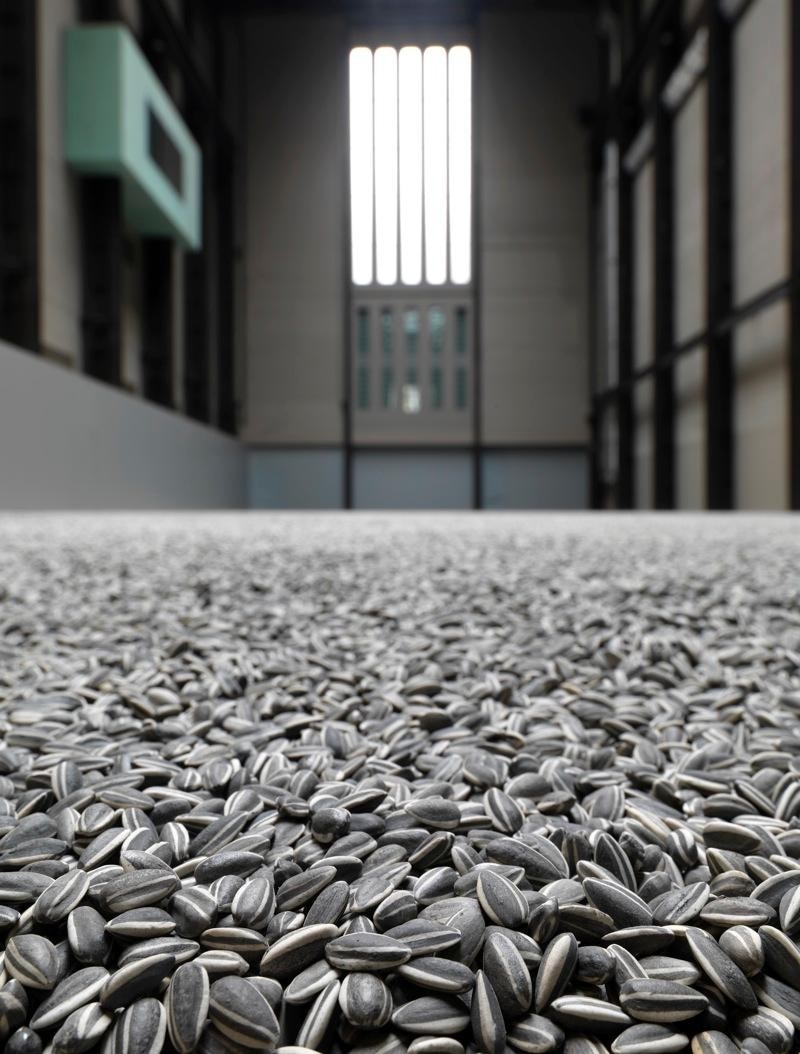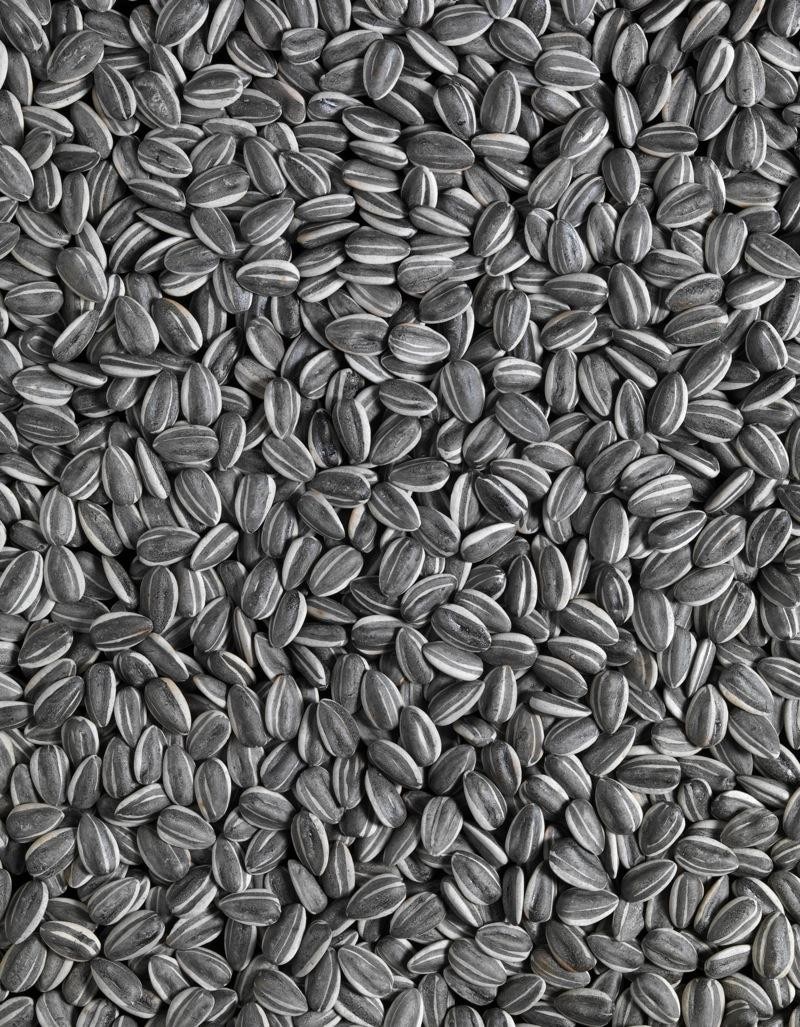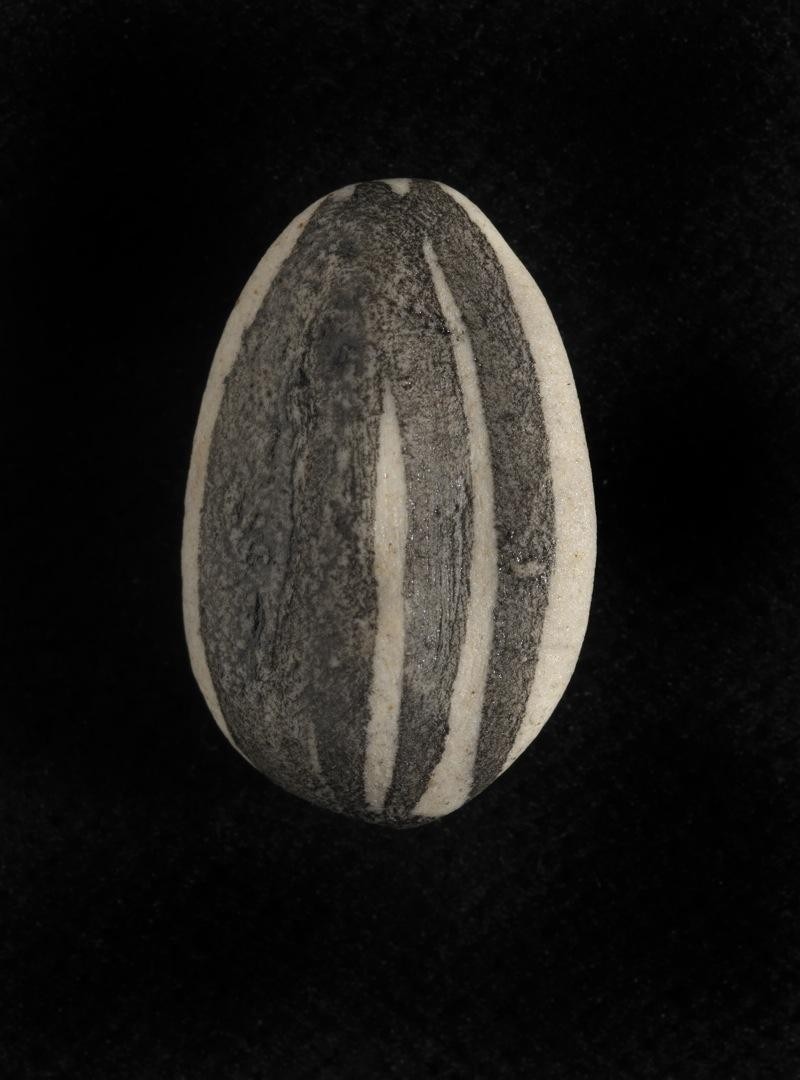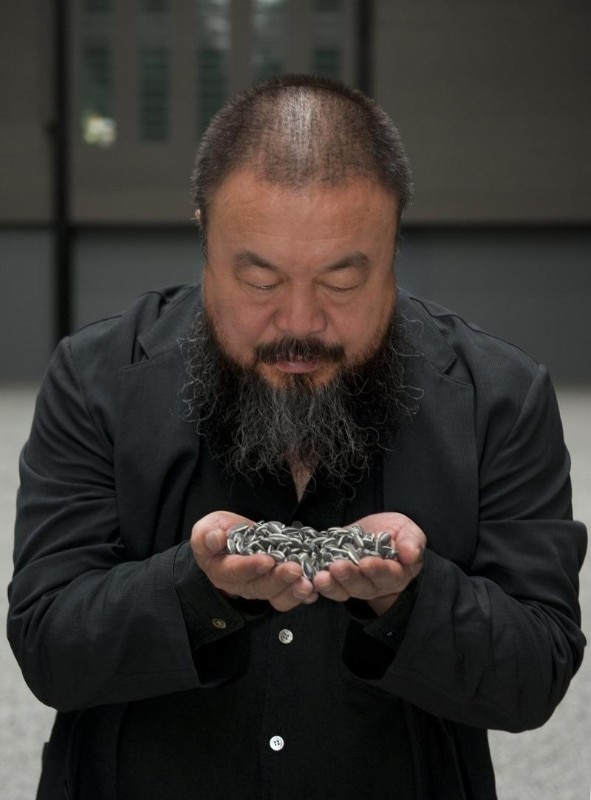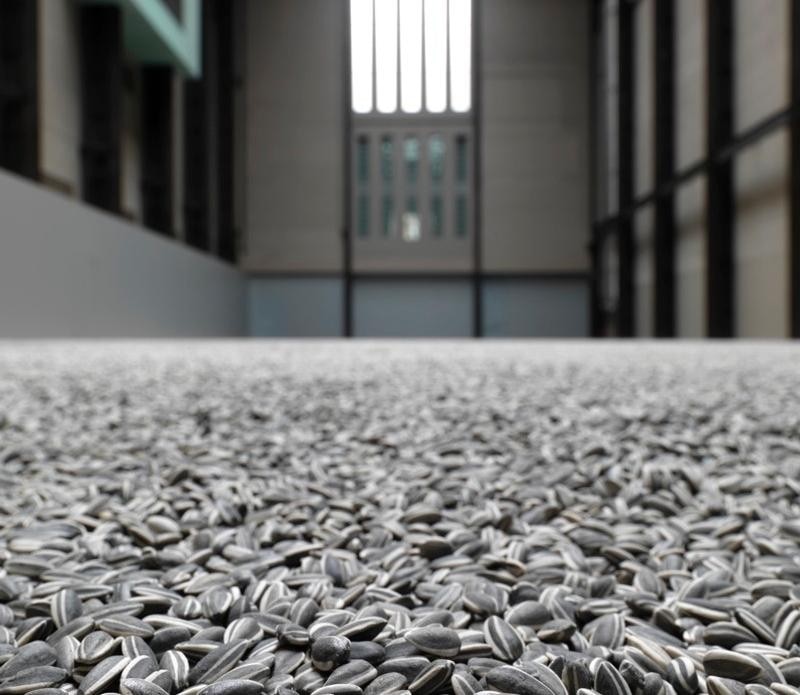Three hours later, the same man was at the other end of the Turbine Hall. Seven hours later, the speculation surrounding the closure of the 100 million sunflower seeds handcrafted and shipped to London was getting feverish.
Somewhere between fantasies of dangerous dust storms caused by the seed’s fine porcelain coating and stories of the British public treating the installation as a kind of indoor pebble pleasure beach is the truth.
Ai’s studio admit they didn’t anticipate the hundreds of visitors who would not simply walk, crunching lightly over the real-not-real porcelain seeds, as intended, but who instead would sprawl themselves belly down into the seeds, bury random objects and build sandcastles. People gleefully turned up at the Frieze art fair with stolen seeds – hand crafted by a village in China – by the handful.
While Tate staff were scratching their heads and smoothing the pebbles over, wondering if their policy of interactive installations has given its visitors a little too much free reign, visitors gathered to watch the documentary that accompanies the piece and movingly and gracefully details the story behind the 100 million seeds.
A quarter of the population of a Jingdezhen, a central-southern town famous for its porcelain, was devoted to the eye-popping handcrafted production of the seeds. In the film, we see Ai hanging out with the workers, from the moment the white porcelain is cut from the rock to the grinding of the black paint and finally the three careful brushstrokes that turn a creamy teardrop into a sunflower seed. The workers seem somewhere between indifferent and baffled, but all are grateful for the commission and the money it brings to this slow and fragile rural economy.
As with all of Ai’s work, interpretations can be multi-faceted. He explains the historic significance of the sunflower seed in Mao era – that Chairman Mao was the sun and his followers the sunflower seeds. In contrast the communal cracking and snacking of sunflower seeds was a distinct comfort to the young Ai at party meetings, where his own family was isolated and frequently castigated.
While the physical closeness and perhaps much of the visual depth of the piece was unavailable that day it is impossible not to be moved by this vast, wise and sincere work by China’s most famous artist. From above, the sight of the solitary raker making his noisy, crunching way over nearly 100 million replica sunflower seeds was a spectacular surreal composition.
I waited until the last moment to leave, just in case the waiting audience were granted a reprieve, so when I left it was a sad moment. But, walking away towards the river something black and white and stripy caught my eye. A porcelain sunflower seed that had broken free was lying on the path. I snapped it up.
Beatrice Galilee
Photos copyright Tate

